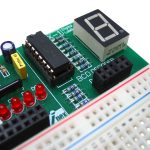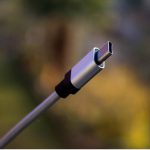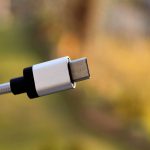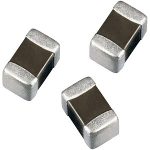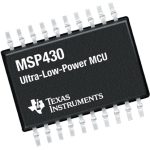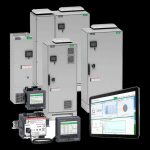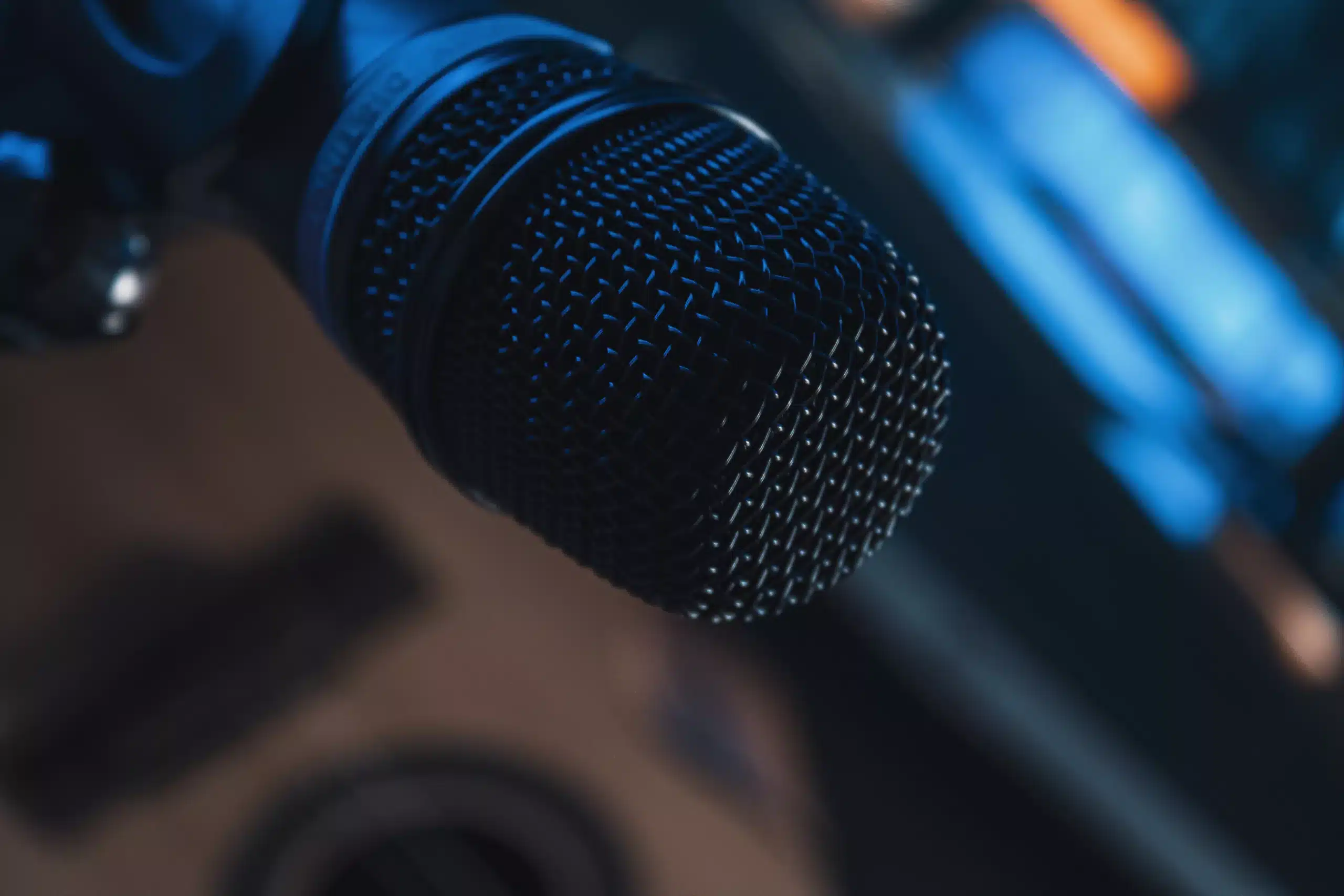
Introduction
Ultrasonic transducers have, over the years, become instrumental in various applications ranging from medical imaging to industrial inspections. One of the lesser-known yet equally significant applications is object sensing. An ultrasonic transducer–facilitating the magic of ultrasonics- features the ability to measure and locate objects using ultrasonic waves. These sensors offer significant advantages over other sensing methods, especially in challenging environments. This article delves into the role and function of ultrasonic transducers in object sensing.
Understanding Ultrasonic Transducers: A Brief Overview of Their Working Principle
Ultrasonic transducers convert one form of energy into another. In the case of object sensing–the ability to detect and recognise objects in an environment, ultrasonic transducers typically transform electrical energy into mechanical (sound) waves by emitting ultrasonic waves. When encountering an object, these waves get reflected back and are then captured by the transducer. The transducer can determine the distance, size, and other object’s properties by analysing the time it takes for the waves to return and their intensity. Some examples of ultrasonic transducers (ultrasonic sensors) include Piezoelectric transducers, ultrasonic proximity sensors, ultrasonic level sensors, ultrasonic thickness gauges, ultrasonic flow meters, parking sensors, and more.
Key Components of Ultrasonic Transducers and Their Roles
Ultrasonic transducers comprise vital components responsible for its operations. These components include Piezoelectric elements known as the heart of transducers. These elements contract and expand upon passing electric current through them, producing ultrasonic waves. These waves are then transformed back into electrical signals. Other elements include backing material–positioned behind the piezoelectric element, absorbing excessive ultrasonic waves and preventing them from reflecting within the transducer. A transducer also incorporates a matching layer in front of the piezoelectric element. This layer ensures efficient transmission of the ultrasonic waves into the medium (like air) by reducing the acoustic impedance mismatch.
Object Sensing Using Ultrasonic Transducers: Exploring Their Applications Areas
Ultrasonic transducers find versatile applications in a wide variety of fields, including:
- Distance Measurement: It is pivotal in distance measurement that send a sound wave and measure the time it takes for the echo to return. They are widely used in applications like car parking sensors, where the distance between the vehicle and an obstacle is gauged and calculated.
- Object Detection: In systems like burglar alarms or automatic doors, the presence or absence of an object is detected using ultrasonic waves.
- Medical Imaging: Ultrasound imaging (Ultrasonography) is a medical technique utilising high-frequency sound waves to produce images of the body’s insides, like the fetus in pregnant women.
- Level Sensing: Ultrasonic transducers are standard in industries for measuring tank liquid levels without direct contact. The sensor measures the time the ultrasound wave takes to reflect off the material’s surface and return to the transducer.
- Object Profiling: Ultrasonic sensors can determine the size, shape, and orientation of objects, useful in quality control processes.
- Robotics: Ultrasonic sensors can provide real-time measurements, crucial for applications like obstacle avoidance and navigation in robotics.
- Flow Measurement: Ultrasonic transducers can measure the liquid flow rates in pipelines. This is done by either measuring the time difference between upstream and downstream signals or analysing the Doppler shift.
- Security Systems: Ultrasonic sensors can detect unauthorised movement or intrusion in protected areas, making them ideal candidates for security systems.
Advantages of Ultrasonic Object Sensing
Ultrasonic object sensing offers several benefits, including:
- High Accuracy: With modern electronics, ultrasonic sensors can achieve very high levels of precision, ensuring reliability.
- Non-invasive and Safe: Ultrasonic waves are non-ionising and don’t pose the risks associated with X-rays or other ionising radiations.
- Environmentally Resilient: Unlike optical sensors hampered by fog, smoke, or dust, ultrasonic sensors are relatively immune to environmental conditions.
- Versatility and Cost-effective: Ultrasonic object sensing functions effectively in a variety of environmental conditions, including darkness or fog. These transducers are relatively inexpensive compared to many other sensing technologies, making them an attractive option for multiple applications.
Challenges in Ultrasonic Sensing
While ultrasonic transducers offer numerous advantages, there are challenges to consider:
- Speed Limitations: Ultrasonic waves travel at a finite speed, leading to slight delays in detecting fast-moving objects.
- Acoustic Interferences: Other ultrasonic noise sources can interfere with the transducer’s signals.
- Surface Texture and Material: Highly absorbent materials might not reflect ultrasonic waves efficiently, and uneven surfaces can scatter the waves unpredictably.
The Future of Ultrasonic Transducers in Object Sensing
With technological advancements, the future of ultrasonic transducers seems bright, with much improvement in accuracy, miniaturisation, and efficiency. With the emergence of IoT and smarter, interconnected devices, the role of ultrasonic sensors in object sensing is bound to expand. Developments like beamforming, where multiple transducers work in tandem to focus the ultrasonic beam more precisely, will enhance detection capabilities. Also, integrating AI and machine learning could enable these sensors to make more sophisticated determinations about the nature and intent of detected objects.
Final Thoughts
Ultrasonic transducers have proven their worth in the realm of object sensing in terms of versatility, cost-effectiveness, and resilience against environmental challenges. The unprecedented benefits and profound applications in multiple domains make them indispensable in everyday devices and industrial setups. The future of these innovative transducers (sensors) looks promising with rapid advancements in the field, paving the way for smarter, safer, and more efficient systems.








